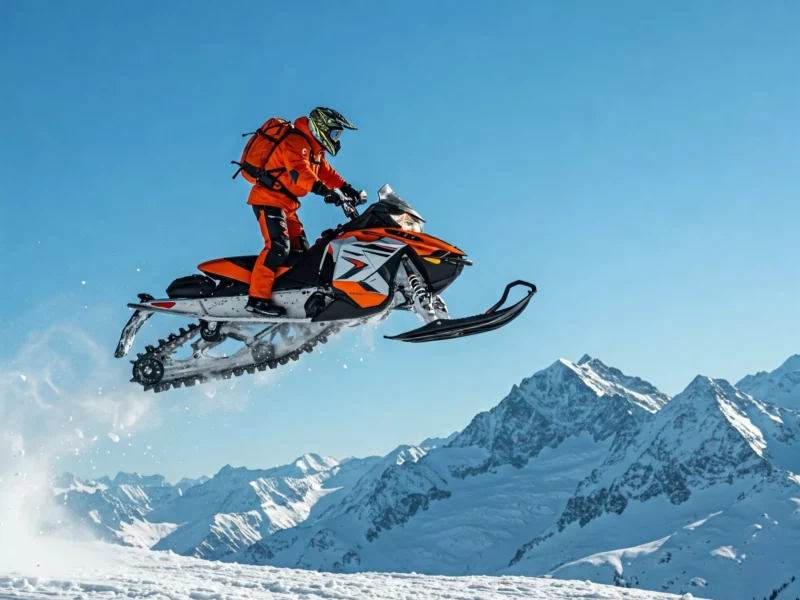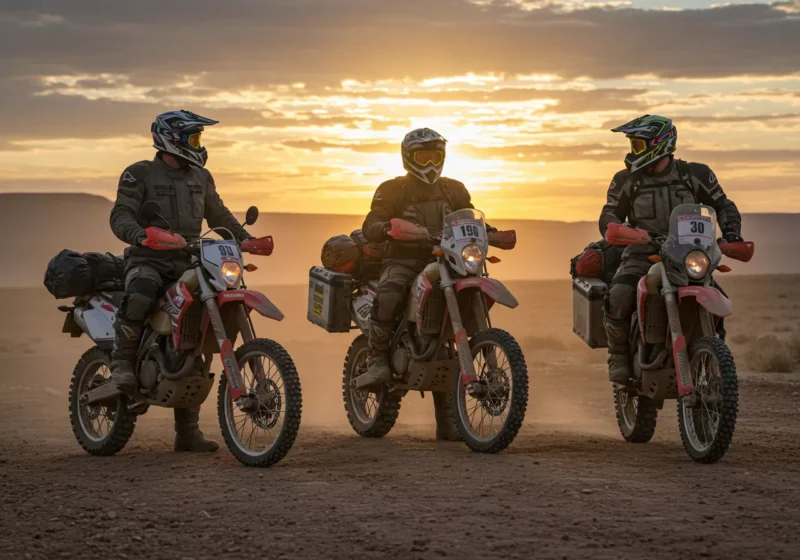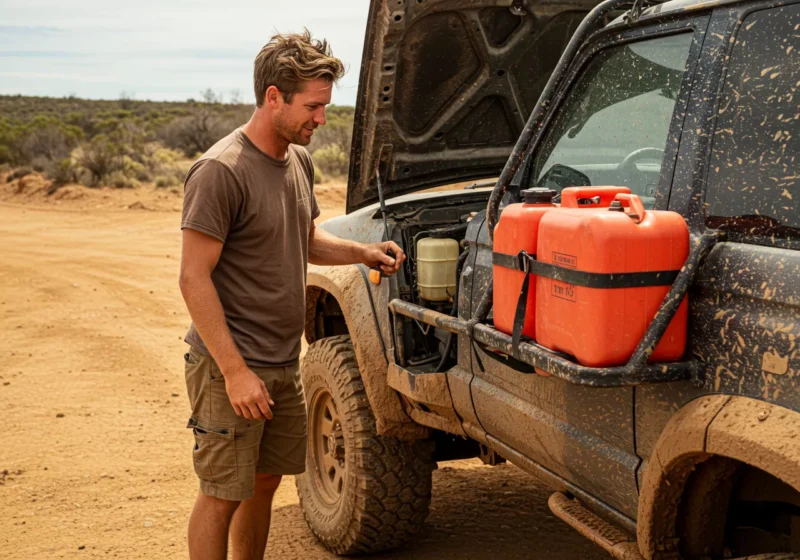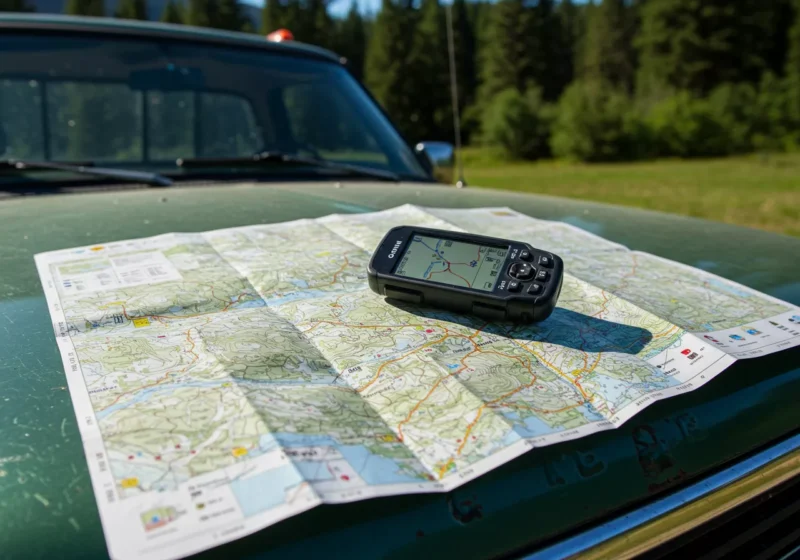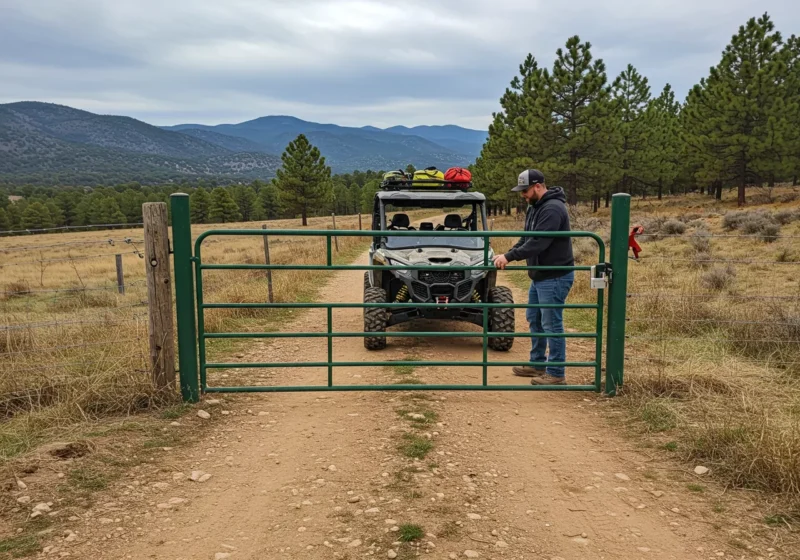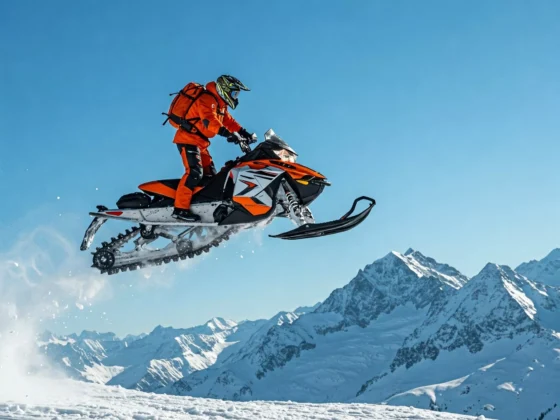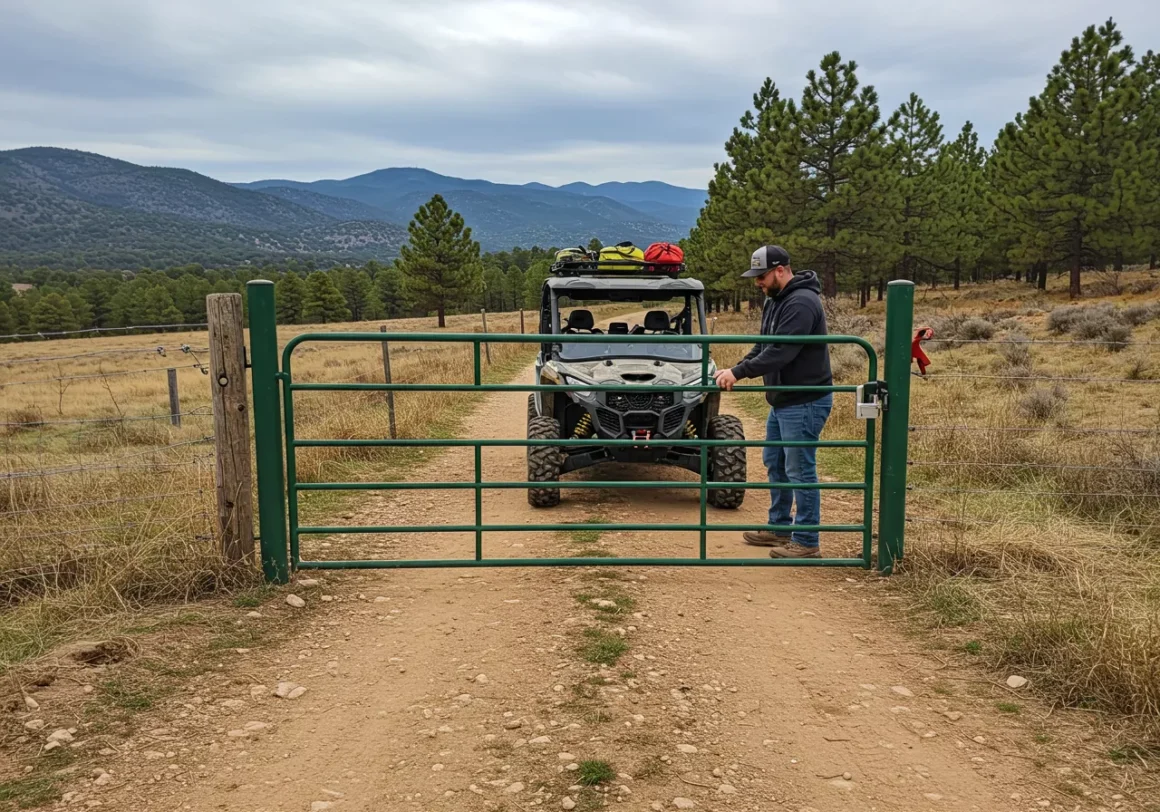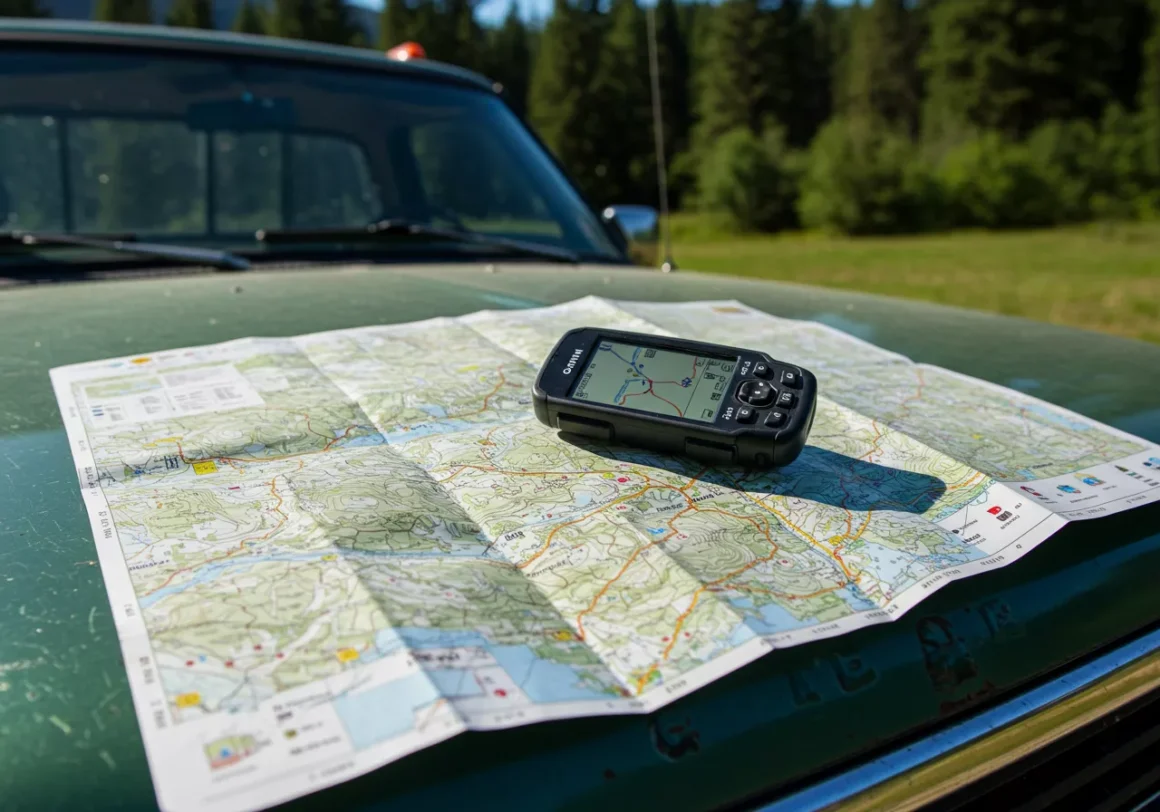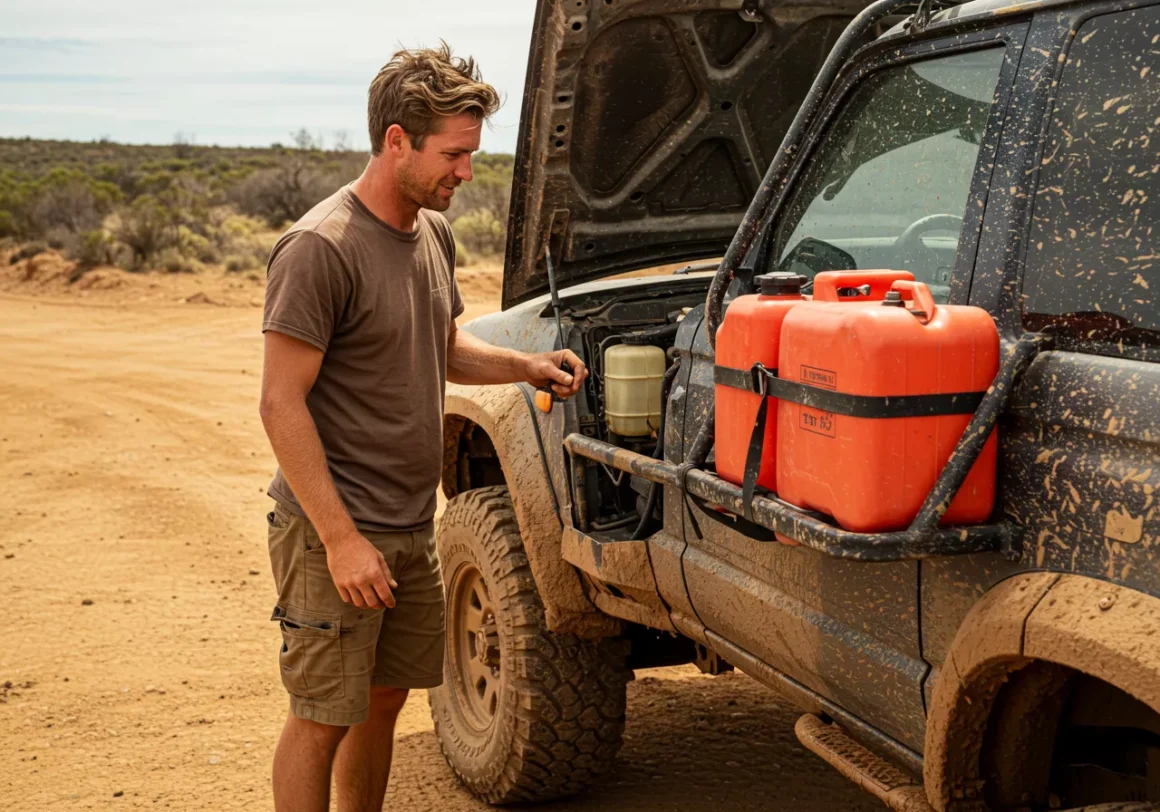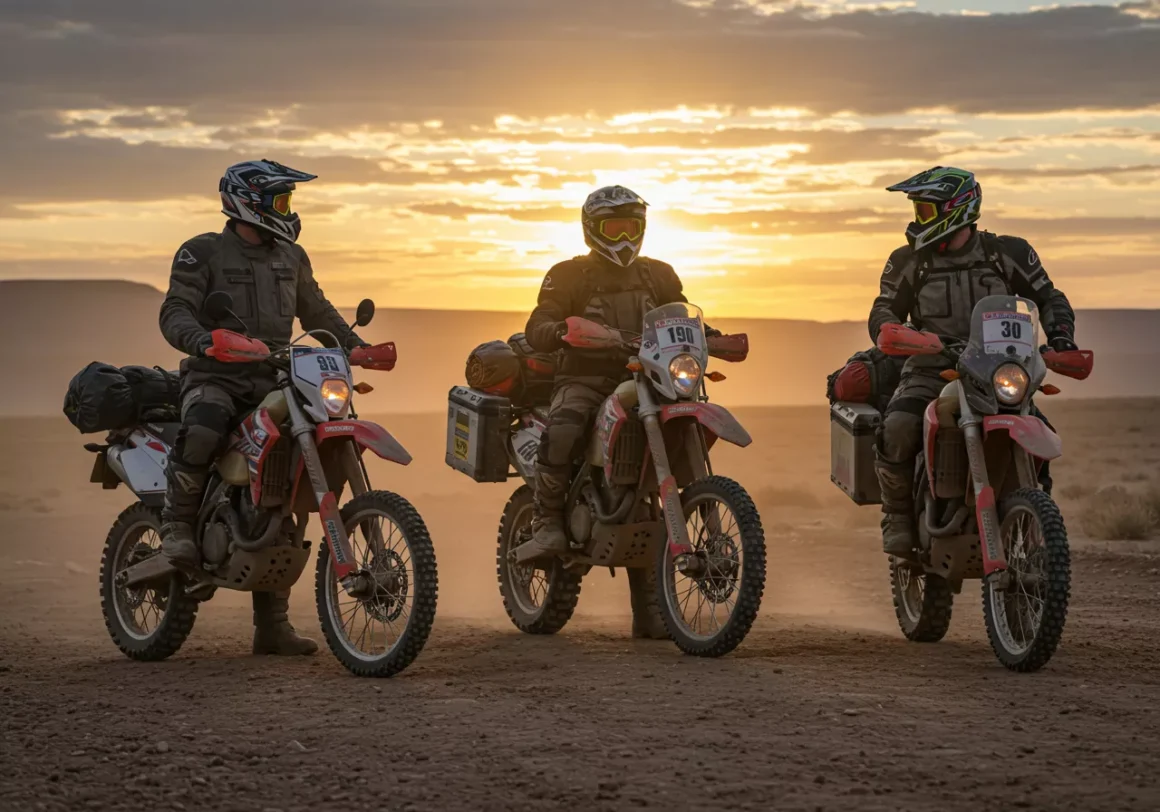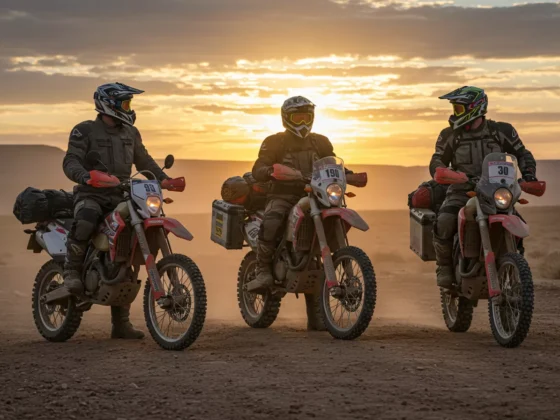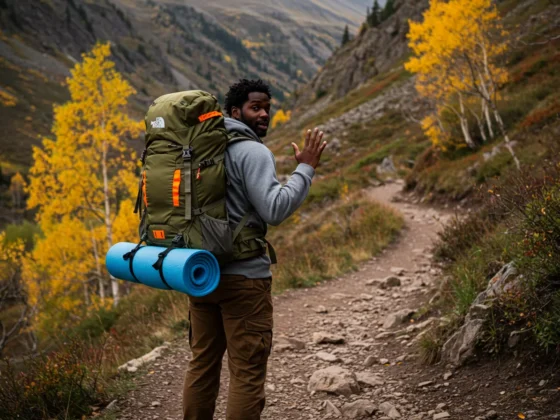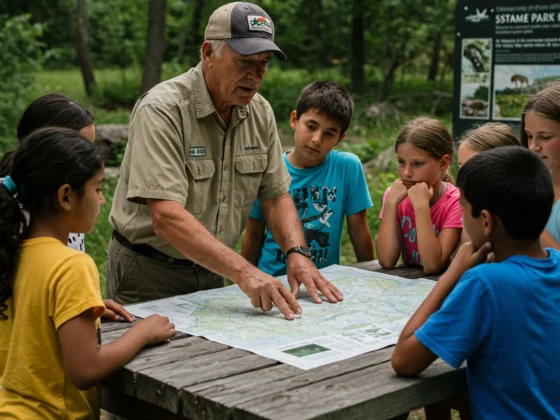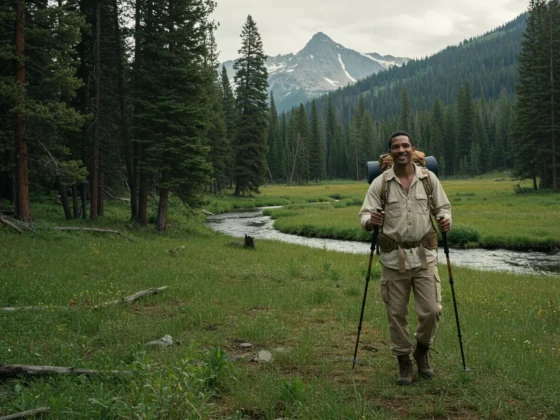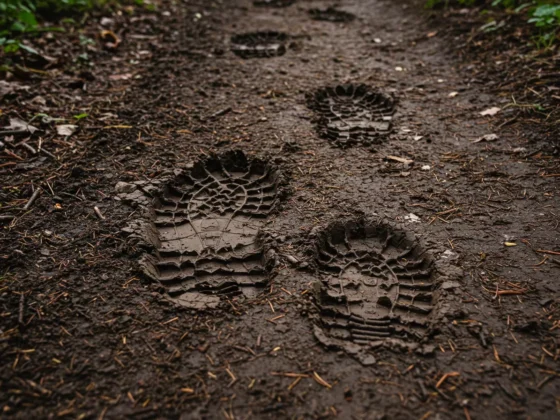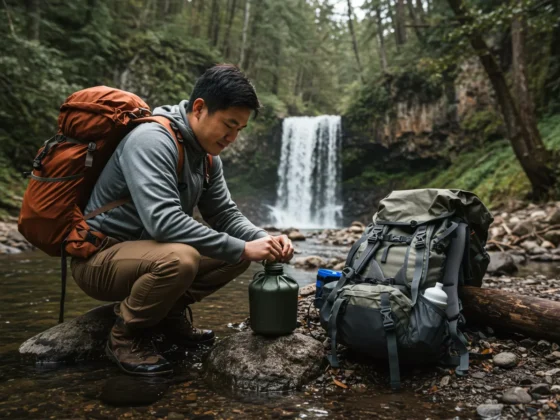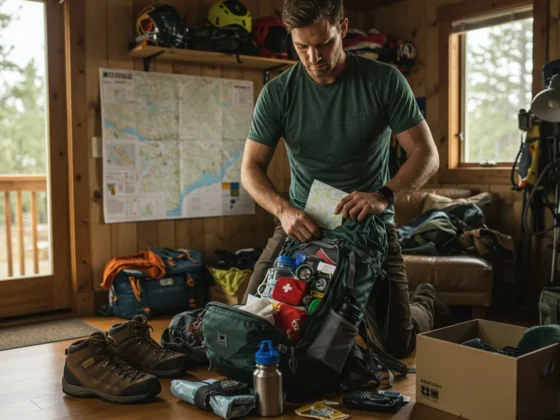For many who feel that pull to explore beyond the beaten path, a sturdy off-road vehicle is more than just a machine; it’s a key that unlocks country few others ever see. It’s about venturing deeper into wild places, carrying the gear needed for a prolonged stay by a secluded lake or accessing that perfect ridge line for glassing distant peaks. These mechanical steeds extend our range, allowing us to haul canoes, carry camping provisions, or simply reach trailheads that are miles from the nearest blacktop. They become partners in adventure, capable of navigating rocky trails, muddy ruts, and sandy washes, bringing us closer to the quiet solitude and raw beauty that defines the true outdoorsman’s spirit. Yet, with this expanded capability comes a significant responsibility – a stewardship for the very landscapes we seek to enjoy.
Having the right rig is one thing, but understanding how to operate it respectfully and sustainably is paramount. Pushing the boundaries of access means becoming an even better steward of the land.
Taking your vehicle into the wilderness is a privilege that demands respect for the environment. It’s about sticking to designated trails, understanding that veering off course, even for a moment, can damage sensitive ecosystems and disrupt wildlife habitats. Think of your tires as leaving temporary footprints, and strive to make those prints as light as possible, minimizing erosion and preserving the natural state of the land for those who follow. This mindful approach ensures that the wild places we cherish remain intact and beautiful for generations to come.
Operating responsibly also means being a good neighbor on the trail. This includes keeping noise levels down, yielding to hikers and horseback riders, and understanding the regulations specific to the areas you’re exploring. It’s about recognizing that we share these spaces with others and with nature itself, requiring patience and courtesy. Just as important as knowing where you can go is understanding how to keep your vehicle running smoothly once you get there.
A reliable vehicle is your lifeline in remote areas, and that reliability starts with regular maintenance. Before heading out, a thorough check of fluids, tires (including the spare!), brakes, and belts can prevent many headaches down the line. Knowing how to perform basic tasks like changing a flat tire, mending a punctured fuel line with a repair kit, or even just understanding why your engine is making a funny noise can be the difference between a minor delay and being stranded miles from anywhere.
Being prepared for the unexpected is just part of the adventure. Packing a basic tool kit, recovery gear like a winch or traction boards, and knowing how to use them is essential. It’s not about being a master mechanic, but having the confidence to tackle common issues with the resources you have on hand. And while mechanical readiness is key, knowing exactly where you are and where you’re headed is just as crucial for a safe return.
Navigating off the paved road requires a different skillset than simply following signs. While GPS units are incredibly useful tools, they should always be backed up by traditional maps and a compass. Understanding topography, recognizing landmarks, and being able to orient yourself even when technology fails is a fundamental wilderness skill that applies directly to off-roading. Planning your route beforehand, checking trail conditions, and letting someone know your itinerary are non-negotiable steps before you even turn the key.
Safety goes beyond just knowing where you are; it’s about being prepared for the unpredictable nature of the trail and the environment. This means packing sufficient water, food, first-aid supplies, and emergency communication devices. Traveling with another vehicle is always a wise precaution, providing assistance if one vehicle gets stuck or encounters mechanical trouble. With careful planning and preparation, these remote routes become accessible, opening up incredible opportunities for exploration.
This is where the true potential of an off-road vehicle shines – in its ability to carry you and your gear into places inaccessible to standard vehicles. Imagine setting up camp by a pristine alpine lake that requires navigating a rocky track, or reaching a hidden fishing spot on a remote riverbank. These vehicles are tools that expand the boundaries of your adventure, allowing for longer stays and deeper immersion in the natural world, far from crowded campgrounds and popular viewpoints.
Accessing these remote locations comes with the responsibility of greater self-sufficiency. You’re further from help, so everything you need, from sustenance to emergency supplies, must be with you. It requires a higher level of preparedness and a willingness to rely on your skills and judgment. It’s about embracing the solitude and the challenge, using your vehicle as a means to experience the profound quiet and expansive beauty that lies beyond the pavement.
Conclusion
Embracing off-road vehicles as part of your outdoor pursuits offers unparalleled access to the wild places that rejuvenate the spirit. It’s about expanding your horizons, carrying the tools of your trade – be it a fishing rod, a camera, or climbing gear – into landscapes few others have the opportunity to witness. Yet, this capability is intertwined with a deep responsibility to the land itself. By operating mindfully, maintaining our equipment diligently, and navigating with knowledge and respect, we ensure that the trails remain open and the wilderness remains wild, allowing us to continue our timeless pursuit of adventure and connection with the natural world.

